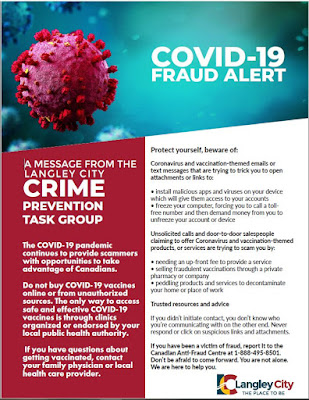Langley City has a pesticide and herbicide control bylaw, which prohibits their outdoor application except in certain circumstances such as are listed below:
- The control or destruction of noxious weeds
- The control or destruction of alien invasive species
- The control or destruction of pests that threaten sensitive ecosystems
- The prevention of deterioration to hard landscapes, such as retaining walls, paved areas and sidewalks
- The safety of turf used by pedestrians (if applied by a certified applicator)
The province defines noxious weeds in regulation, and it does not include dandelions and many plants that co-grown in people’s lawns.
Around this time of year, you will usually see pesticide application notices along roads, sidewalks, and in some parks in Langley City. Some people reach out to me asking why the City applies pesticides. The offical reponses is:
The City’s Pesticide Control Bylaw, available here: http://city.langley.bc.ca/sites/default/files/uploads/Bylaws/Pesticide_Control_Bylaw.pdf, allows for the application of pesticides for the prevention of deterioration to hard landscapes, such as retaining walls, paved areas and sidewalks. The City has thoroughly explored and carried out alternative treatment options, including manual and mechanical removal of weeds and horticultural vinegar, however these methods have proven ineffective. The use of pesticide is permitted under the provincial Integrated Pest Management Regulations (IPMR) under scheduled pesticides. Glyphosate specifically works on the target plants and is not shown to have harmful effects to the environment and surrounding soil and ground water.
Staff are fully trained and licensed under the IPMR in the safe use of these products and the safety of the public and environment is always uppermost when we carry out maintenance of the public lands entrusted to us.













